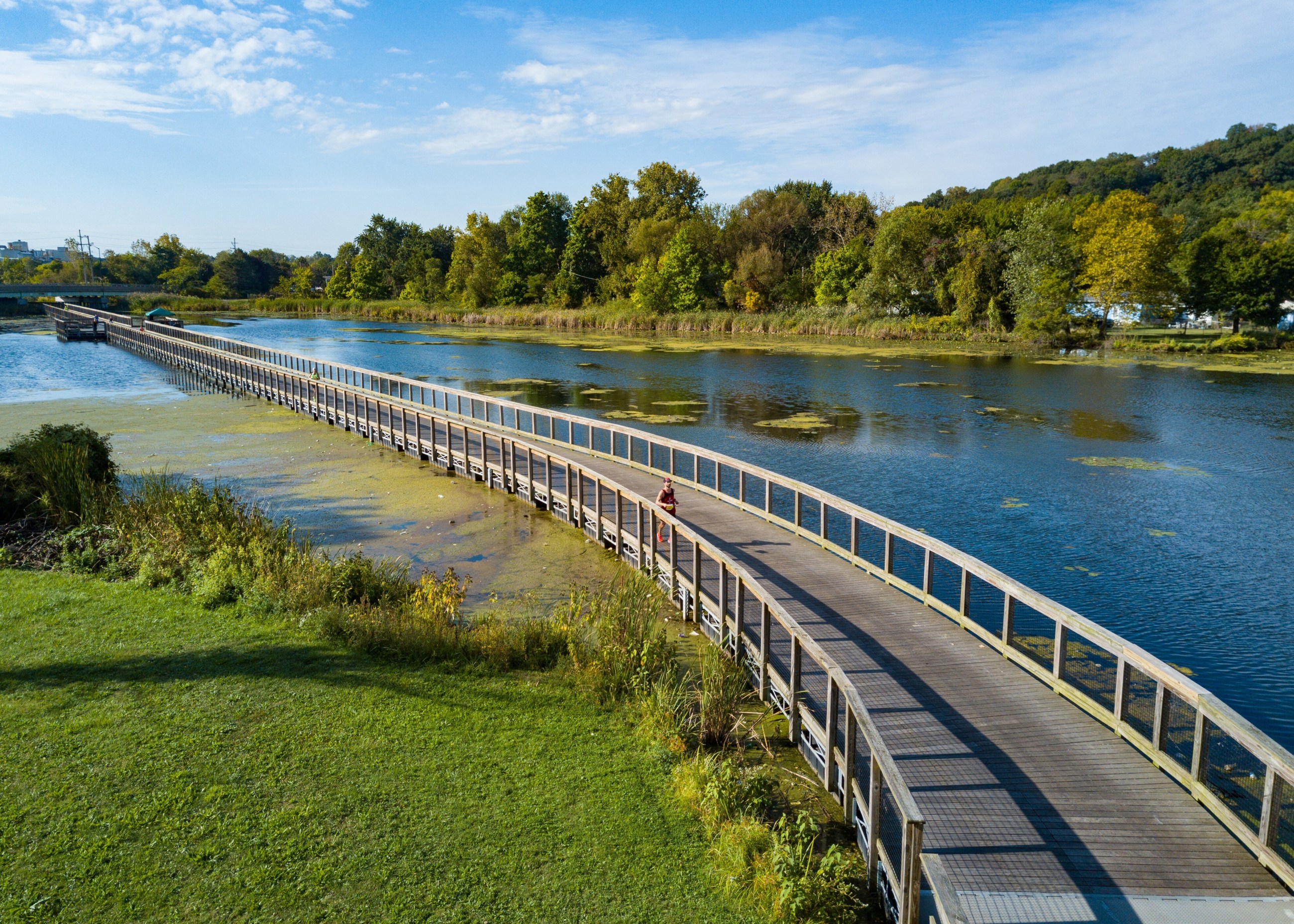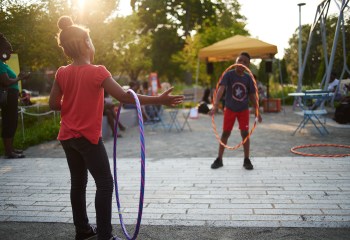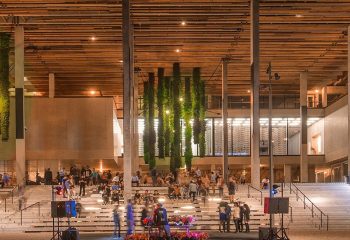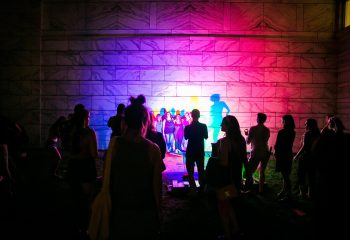AKRON – (August 6, 2020) – A new landmark study finds access to public spaces such as recreational areas drives deeper connections to communities for residents, but in Greater Akron more can be done to improve access to these amenities along racial lines.
The groundbreaking study commissioned by the Knight Foundation and conducted by the Urban Institute, “Community Ties: Understanding what attaches people to the place where they live,” shows that access to parks and safe spaces to live, work and play stand out among urban amenities that boost residents’ feelings of satisfaction and connection to their community. In Greater Akron, the report found racial disparities in accessing these things.
- In the Akron metro area, 61% of residents say recreational areas are very important to them. While 91% of residents find them easy to access — well above the national average of 85% — that figure drops to 78% for non-white residents.
- Likewise, 86% of Greater Akron residents say safe places to live, work and play are very important, and 79% report easy access to them. However, that figure drops to 60% for residents of color. Nationally, about 77% of respondents reported easy access, including 69% of people of color.
“The Community Ties data is a call to action for Greater Akron to continue working collectively toward breaking racial access barriers for all residents to equally and safely enjoy parks, trails and other public spaces.” said Kyle Kutuchief, director for Knight’s Akron program. “The City of Akron, Knight and neighborhood leaders are working collaboratively to achieve this goal by investing in public space projects in the downtown corridor and creating them together.”
Conducted prior to the Covid-19 shutdowns, Community Ties leverages a survey of over 11,000 Americans residing in metro areas across the country — including Akron — to create one of the richest datasets on what drives attachment to place.
- Those with access to quality of life amenities such as arts, recreational areas and safe places to live, work and play reported a deeper attachment to their community, compared with those who had access to jobs, affordable housing, schools, health care or other desirable features.
- The Akron data reveals where gaps in access exist across urban amenities and what local leaders might do to strengthen residents’ ties to their communities.
As cities plan for a post-COVID-19 world and reckon with racial justice, the report provides knowledge for public officials and other community leaders to help make cities more resilient, urban public spaces more equitable, and think anew about how to build places where people want to live, work, play and stay.
To see how your city compares in different areas with other Knight communities and the national averages, go to our interactive website.
For interviews, please contact Alise Murawski at [email protected] | 202-702-6903.
###
About the John S. and James L. Knight Foundation
Knight Foundation is a national foundation with strong local roots. We invest in journalism, in the arts, and in the success of cities where brothers John S. and James L. Knight once published newspapers. Our goal is to foster informed and engaged communities, which we believe are essential for a healthy democracy. For more, visit kf.org.
About Urban Institute
The nonprofit Urban Institute is a leading research organization dedicated to developing evidence-based insights that improve people’s lives and strengthen communities. For 50 years, Urban has been the trusted source for rigorous analysis of complex social and economic issues; strategic advice to policymakers, philanthropists and practitioners; and new, promising ideas that expand opportunities for all. Our work inspires effective decisions that advance fairness and enhance the well-being of people and places.






